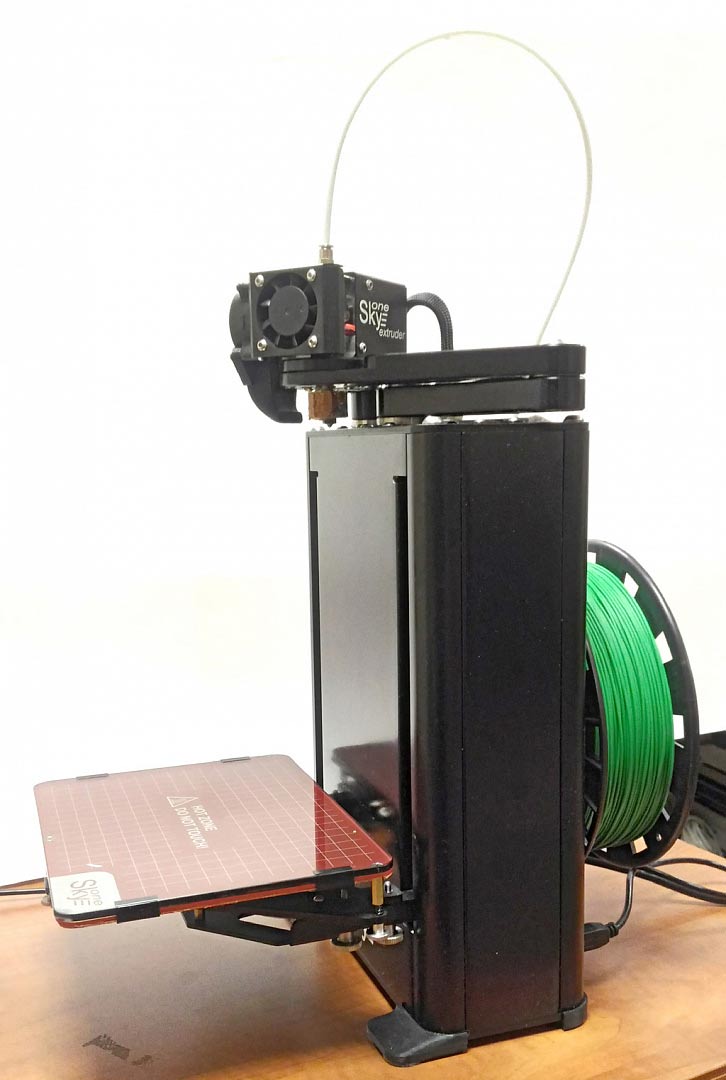
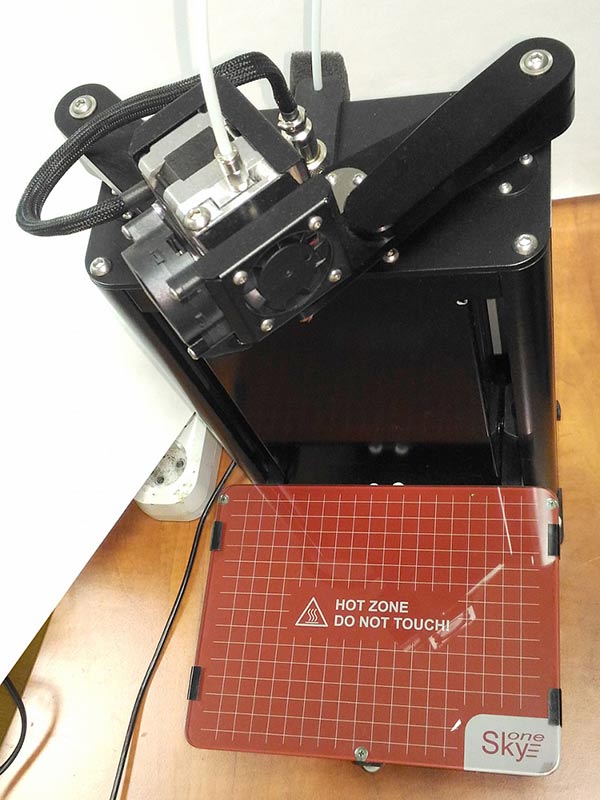
This story was sent us by one of our customers.
***
It appeared more than a year ago and at once became a very usefull device for our everyday work process. A company, which has got this printer, and the author of this story is involved in design and manufacturing of different electronic devices.


The main task for our printer is prototyping. But sometimes it is used for for personal printings. Different models were printed as a warmup for the printer and personnel. The printer works everyday and even every night. The most consumable materials are filament (of course) and nozzles (required to chenge frequently).
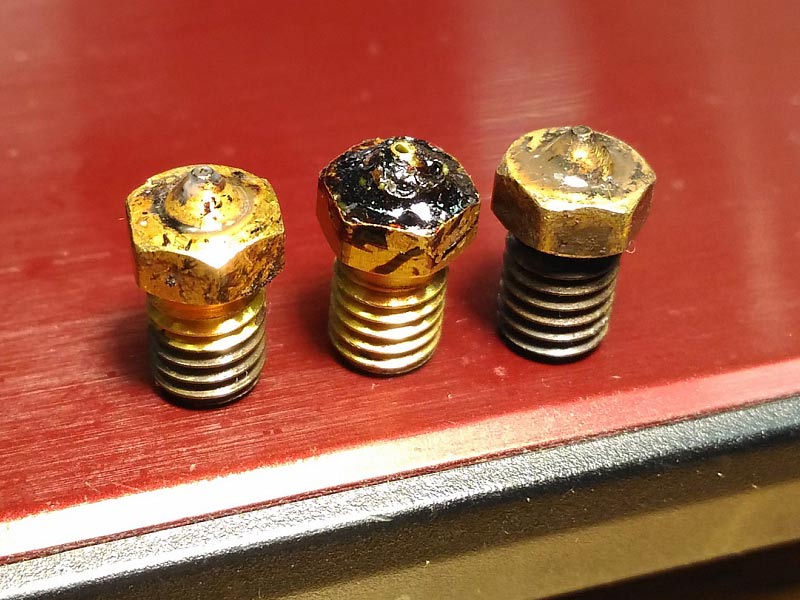
Of course, much depends on filament quality, storage conditions and pollution of the room, where the printer is used. But we can say, that we use qualitative plastics, mainly PLA and strore it in barrier bags. The printer is used not in a durty workshop, but in a usual office room. But on an average we use one nozzle for one filament spool. We have to calibrate the printer bed after every nozzle change. But it doesn't take much time - calibration process is very easy and fast: few positions of the extruder and 3 adjustment screws under the bed:
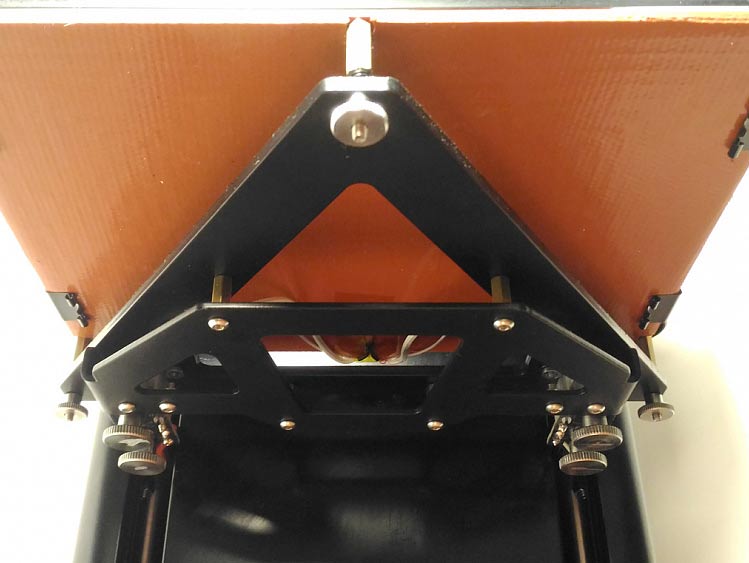
A little advices:
As sometimes the adjustment screws can unscrew due to vibration, i stretch a little rubber circles between the screws. So a little preload is created, unscrewing is prevented.
I attach a little piece of paraffin oil lubricated foam to the place where a filament enters the extruder - this piece of foam works as a dust collector.
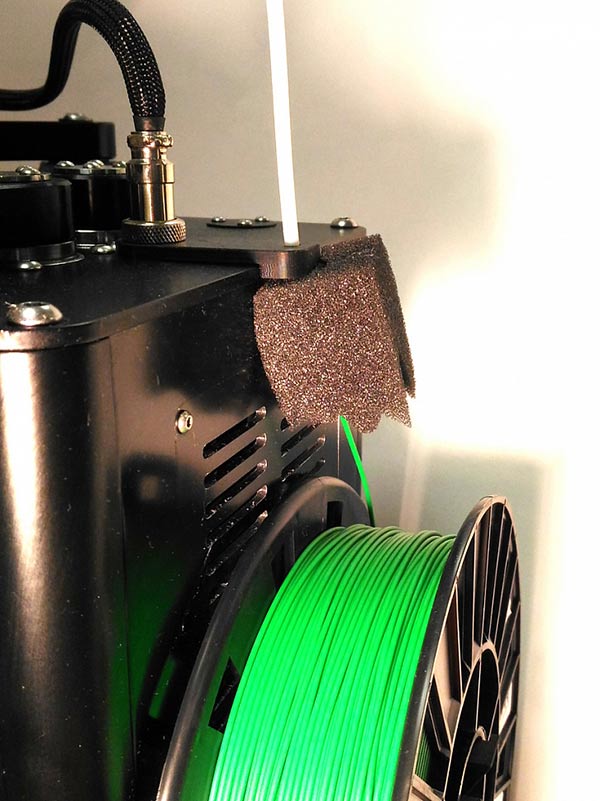
Below i compare a sample detail, printed with different parameters. In on of the last days of autumn I caught a trouble - it happened with my favorite transport, when I was driving round a hindrance, I hitched on a base of a traffic light. Here is the result:
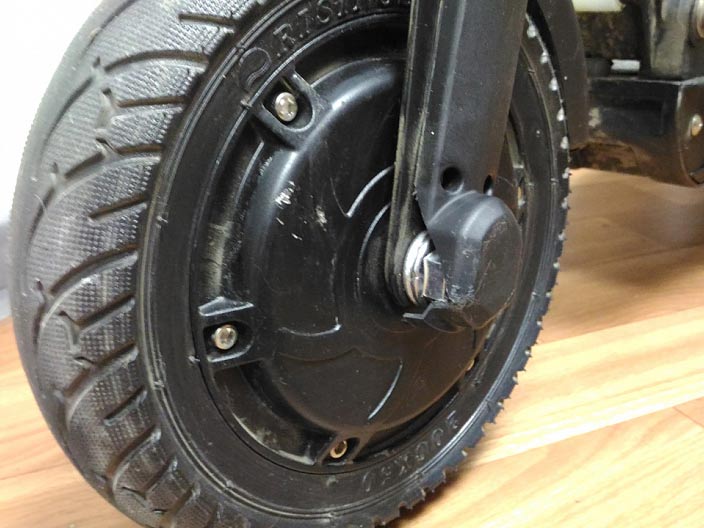
It could be a trifle, but this onlay covers a place where windings enter the power-wheel. So it is important to replace this onlay. At first, I wanted to order this detail from the manufacturer. But the next minute I understood, that it is easier and faster to produce it by myself, using a 3D printer. 3D printer SkyOne is on my table!!! 3D model was ready in half an hour. It was late, so I set printing speed 160% (300% could be faster, but could decrease the printing quality). The layer height is 0.2 mm, nozzle diameter 0.4 mm, without supports. But I was not satisfied with the result:
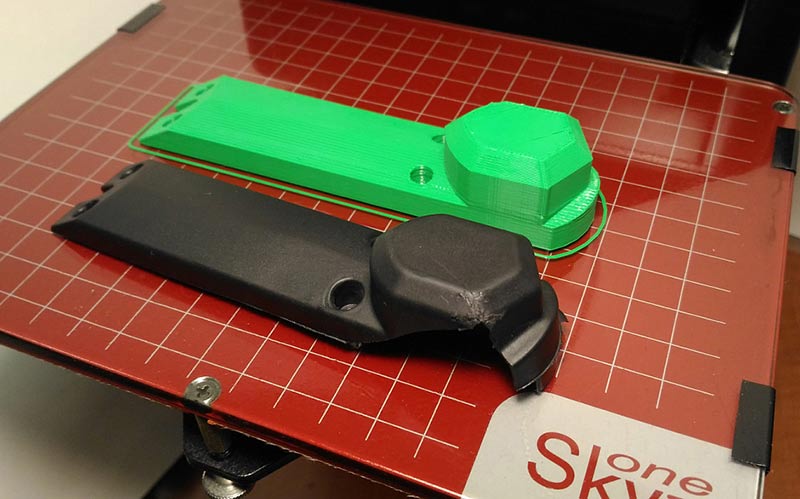
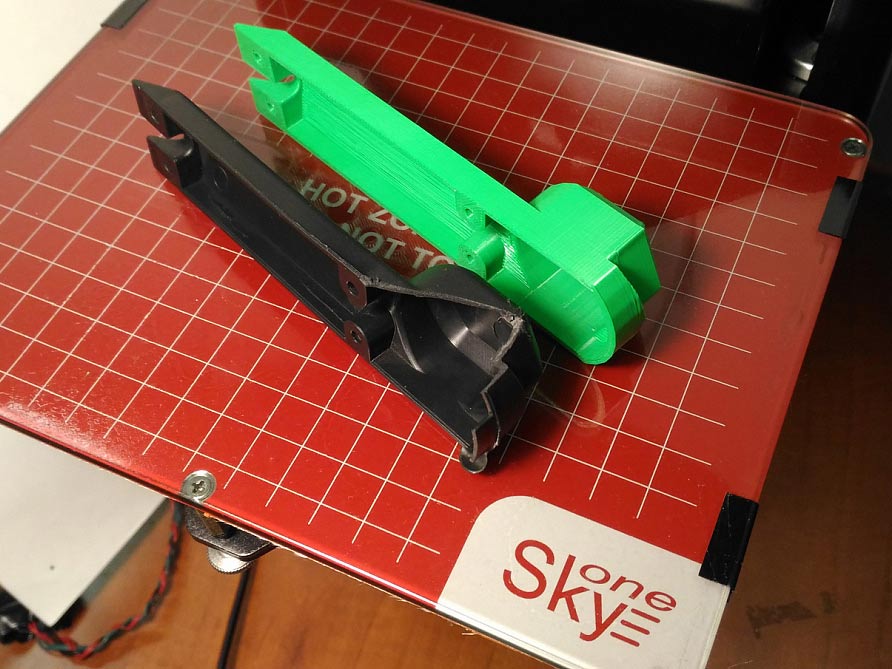
The next day I decided to play with it, and from an aesthetic standpoint i needed the same second onlay to another side. This time the model was turned around X axis:
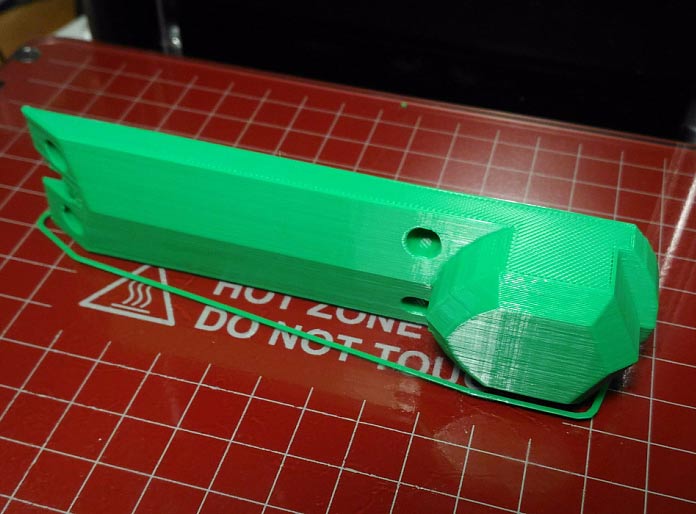
Filament slacks appear in places, where plastic hangs over (bridges). This defect could be fixed with a rasp-file. But it wouldn't be esthetic. So I printed one more time, with the layers height 0.1 mm and the next parameters:
Printing parameters for 3 models:
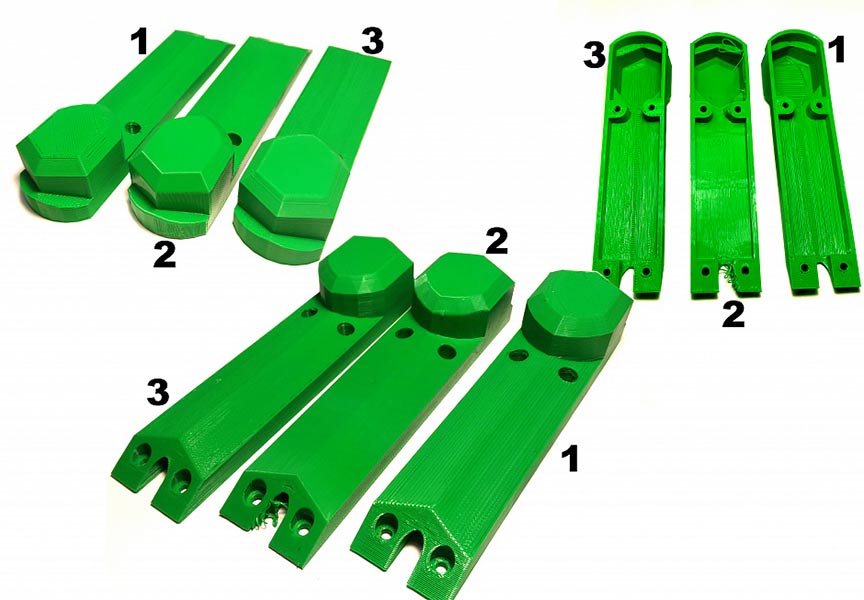
And here is the final result:
